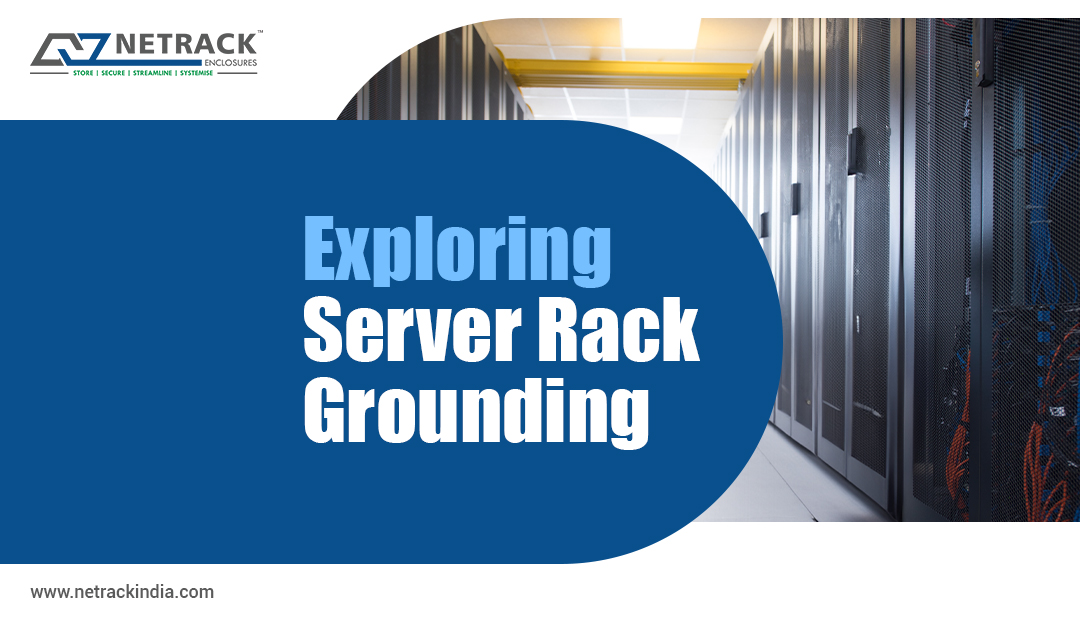
Exploring Server Rack Grounding
We are living in an era where we are witnessing digital evolution. Both electrical density and safety demands have reached different levels today. Hence, the role of server rack grounding has become even more critical than ever before.
Understanding the basics about grounding and bonding
Before going deep into the specifics of server racks grounding and its benefits, it’s crucial to grasp the fundamental disparity between grounding and bonding to embrace the right solution. While bonding involves creating a clear path that can ensure protection against electrical shocks, grounding goes a step further in establishing intentional or unintentional connections between an electrical circuit and the earth.
In fact, the goal of grounding is to ensure that all metal parts of an electrical circuit are connected to the earth and that it provides an additional layer of safety around it. Here, it is essential to understand that bonding alone may not be sufficient to extend the required protection. So, when a server rack is grounded, it creates a barrier against electrical energy buildup, adding a boost to the bonding part and enhancing the overall safety in the process.
The significance of bonding and grounding
Especially when it comes to the data centers, with increasing electrical density, the safety of the mission-critical equipment becomes a concern, and it is also of paramount importance to ensure that there is no downtime due to overheating or equipment failure in the data center. Here, bonding and grounding play a pivotal role in mitigating the risks related to short circuits or accidents.
A well-planned and executed grounding and bonding system diverts any electric leakage away from critical data center equipment, ensuring that metallic components are bonded to the system. This process minimizes the current flow between conductive materials, preventing potential damage that could compromise the performance of critical equipment within the data center.
Guidelines for adequate bonding and grounding in server cabinets
A company must follow industry guidelines to implement a robust bonding and grounding system for server cabinets.
- Establishing a connection between the signal ground tree and the cabinet ground and protective earth.
- Ensuring network grounding that balances all electrical potentials for a low-resistance avenue to the ground.
- Termination of grounding straps with Listed ring or closed-loop terminals, securing them at one end to the door and at the other end to the Cabinet Enclosure chassis.
- Providing grounding panels with termination for field wiring ground lugs.
- Grounding the product to the central earthing conductor via a Listed-grounding lug, considering all other dead-metal parts bonded due to the nature of the assembly.
The universal application of bonding and grounding
Netrack puts a lot of emphasis on bonding and grounding and believes that be it in a commercial building with small office spaces, a data center big or small, or industrial settings with massive equipment and server racks, the elements within a protection system are not truly secure without proper grounding and bonding.
Bonding connects all conductors to the earth, ensuring that metallic conductors within an IT infrastructure share the same potential. Devices such as antenna towers, cable trays, server racks, computer room signal reference grids, and telephone room equipment require meticulous bonding and grounding systems to maintain a secure and efficient IT environment.
Need of the hour
In the intricate web of data center infrastructure, the principles of grounding and bonding emerge as indispensable safeguards, weaving a protective shield around critical equipment and ensuring business continuity. As technology advances, adherence to these principles becomes essential and vital, laying the foundation for a resilient and secure data center environment.




